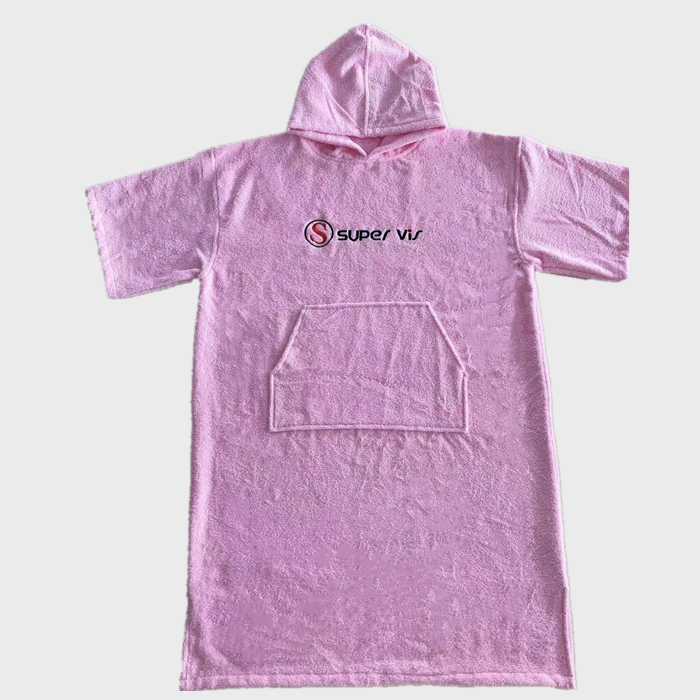Spring is the critical season for grapevines, as they begin to sprout new leaves, elongate shoots, form buds, and eventually flower. For fruit growers, effective spring management is essential to maximize both yield and quality. This article outlines key vineyard practices from February to April, focusing on the most important tasks during this period.
In mid-to-late February through early March, the focus should be on encouraging bud development through irrigation and nitrogen fertilization. Orchards with proper conditions should water thoroughly to support uniform budding. During this phase, flower buds continue to develop, and new shoots start to grow rapidly. As a result, vines require significant nutrients. A mixture of human manure and 0.2% urea is recommended, with about 15% of the annual fertilizer applied at this stage.
From March to mid-April, the emphasis shifts to shoot thinning, bud removal, flower cluster management, and pest control. After winter pruning, about 70-80% of the dormant buds on the mother canes typically sprout. It’s crucial to manage these buds carefully—too many can lead to excessive nutrient consumption and weak growth, while too few may promote overly vigorous shoots that result in poor fruit set and heavy fruit drop. Therefore, careful bud wiping is necessary.
When thinning shoots, it's common to leave one bud every 15–20 cm, resulting in 2–5 new shoots per mother cane. The rest should be removed from the base. When removing buds, it's best to eliminate apical or weak buds, leaving only one shoot per bud. In some cases, growers may choose to retain the first lateral shoot once the main shoot reaches 4–5 leaves, though this uses more nutrients.
Topping (or pinching) is another important step. Preserved shoots should be topped 5 leaves above the flower clusters, and 8 leaves if no flowers are present. After topping, many secondary shoots emerge, so only 1–2 of the top shoots should be kept, with additional pruning of side shoots. Vines should also be tied as they grow to maintain structure and airflow.
Flower cluster management involves removing about one-fifth of the clusters manually to improve fruit set. During flowering, a solution of 0.3% boron and 0.5% urea can be sprayed. Five days after flowering, fruit thinning should be done on trees with an overabundance of fruit, followed by bagging to protect the developing grapes.
Weeding and disease prevention are also vital during this time. Once grapevines have 3–5 leaves, disease prevention measures should begin. Spraying should occur every 7–10 days, with extra attention after rain. Common diseases to watch for include black spot, gray mold, and rust. For example, DuPont Fuping can be used at 800 times dilution for black spot, while Ke Ling at 1500 times is effective against gray mold. Other options include carbendazim (800x), mancozeb (800x), and zinc-based fungicides.
Proper spring management not only ensures healthy vine growth but also lays the foundation for a successful harvest. By following these steps, growers can optimize their grape production and achieve better quality and higher yields.
Cotton dry robe poncho, dry robe waterproof, customized logo dry robe, long sleeve dry robe poncho supplier fore more than 7 years. We are factory directly with cheap price.
| Product Name | Cotton Dry Robe Poncho |
| Size | One size or customized |
| Color | Black, Grey, Blue, Red and etc and customized |
| Fabric | Recycled nylon and polyester |
| Sample | Available ( about 5-7 days) |
| Logo | Customized logo accepted |


Cotton Dry Robe Poncho,Dry Robe Waterproof,Customized Logo Dry Robe,Long Sleeve Dry Robe Poncho
Suzhou Golden Gamrnet MFG Co.,Ltd , https://www.svchangerobe.com